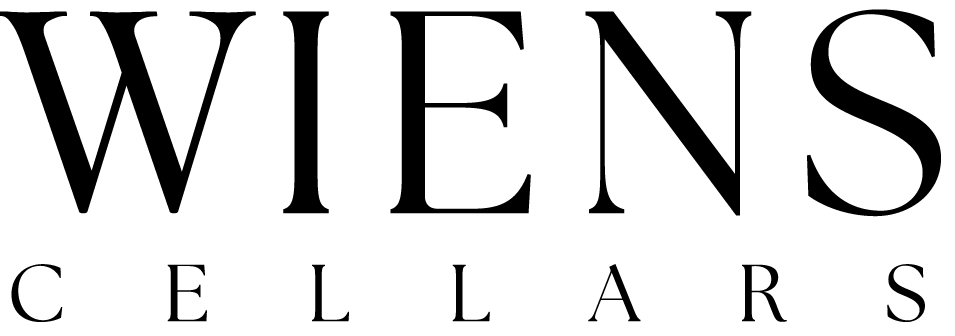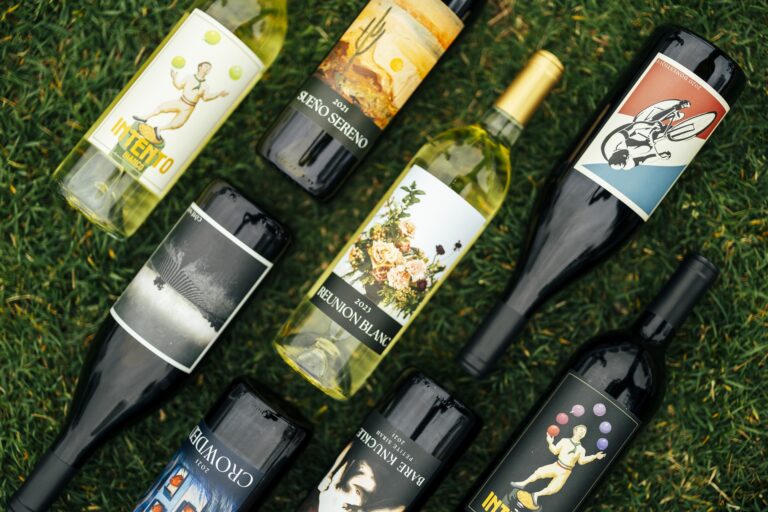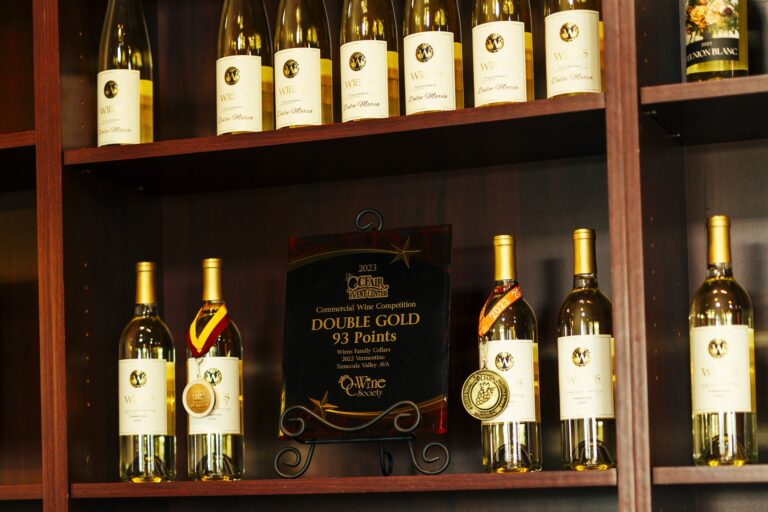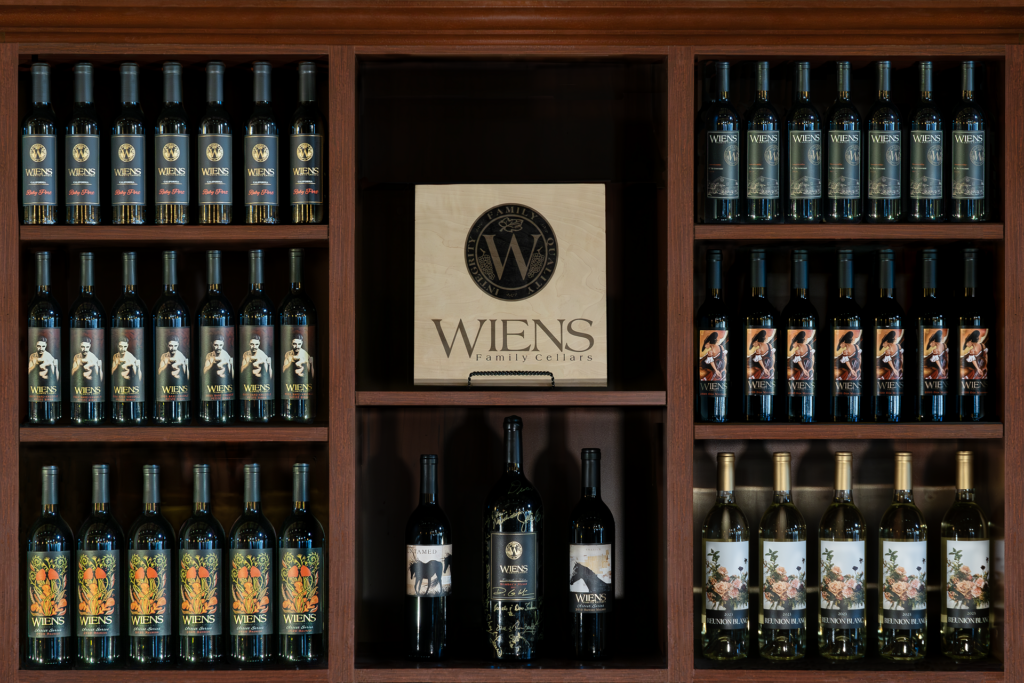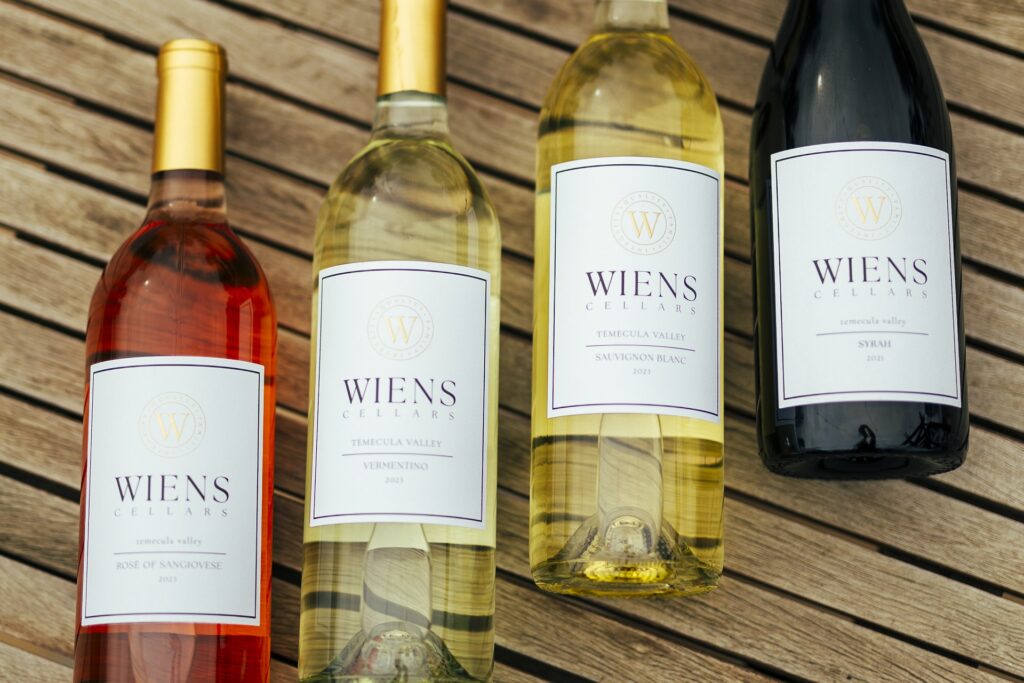As the seasons shift and spring approaches, it is the perfect time to refresh and reorganize your wine collection. Whether you have a dedicated cellar, a small wine fridge, or a well-stocked shelf, properly storing and managing your wines ensures that each bottle is enjoyed at its peak. From storage conditions to organization techniques, here’s how to give your wine collection the care it deserves this season.
The Ideal Storage Conditions
Proper storage is crucial to preserving the quality and aging potential of your wines. Wine is highly sensitive to temperature fluctuations, light exposure, and humidity levels. To ensure your wines age gracefully:
- Maintain a consistent temperature: The ideal range for wine storage is around 55°F. Avoid extreme fluctuations that can negatively impact the aging process.
- Control humidity levels: Keep humidity between 60-70 percent to prevent corks from drying out and allowing air into the bottle.
- Store bottles on their sides: This helps keep the cork moist, preventing oxidation and maintaining the integrity of the wine.
- Keep wines away from light and vibrations: Ultraviolet light can cause premature aging, while vibrations can disturb the sediment in older wines, affecting their quality.
Rotate Your Collection
A well-organized collection ensures that wines are consumed at their peak. Use the First In, First Out (FIFO) method, meaning older vintages should be enjoyed before newer releases. A few ways to manage rotation effectively include:
- Keeping an updated inventory of your wines with notes on optimal drinking windows.
- Storing wines by category—ready-to-drink selections in the most accessible spots and age-worthy bottles in more stable conditions.
- Setting reminders to revisit certain bottles each season and assess their readiness.
What to Drink Now
Spring is the perfect time to enjoy crisp, refreshing wines that complement the change in weather. Prioritize:
- White wines: Sauvignon Blanc, Vermentino, and Chardonnay are ideal for fresh, bright flavors.
- Rosés: Perfect for warm afternoons and light meals, dry rosés bring versatility to your table.
- Lighter reds: Pinot Noir, Gamay, and Grenache offer fruit-forward profiles that match the transition into spring.
- Older reds ready to drink: If you have wines that are reaching their peak, now is the time to enjoy them before they begin to fade.
What to Save for Later
Some wines develop beautifully over time, making it worth holding onto certain bottles. Wines that benefit from extended aging include:
- Cabernet Sauvignon and Bordeaux blends: These structured wines can develop more complexity over a decade or longer.
- Barolo and Nebbiolo-based wines: With strong tannins and acidity, they gain elegance and depth with time.
- Rhône reds: Syrah-based wines often improve over several years, allowing spice and savory notes to evolve.
- Dessert and fortified wines: Ports, Tokaji, and Sauternes can age gracefully for decades.
Refreshing Your Collection
Spring is also a great time to reassess your inventory and make room for new selections. Consider:
- Selling or trading wines you no longer wish to keep through wine marketplaces or local collectors.
- Repurposing wines for cooking if they are slightly past their prime but still drinkable.
- Stocking up on fresh vintages and seasonal releases to keep your selection exciting and relevant.
A Well-Curated Cellar for Every Season
Taking the time to organize, rotate, and refresh your wine collection ensures that every bottle is enjoyed at its best. By maintaining ideal storage conditions, prioritizing wines ready to drink, and making room for new favorites, you set yourself up for an enjoyable year of wine experiences.
Take this opportunity to revisit your collection, plan for upcoming gatherings, and discover new wines to enjoy this spring. Cheers to a well-stocked and well-managed cellar.
